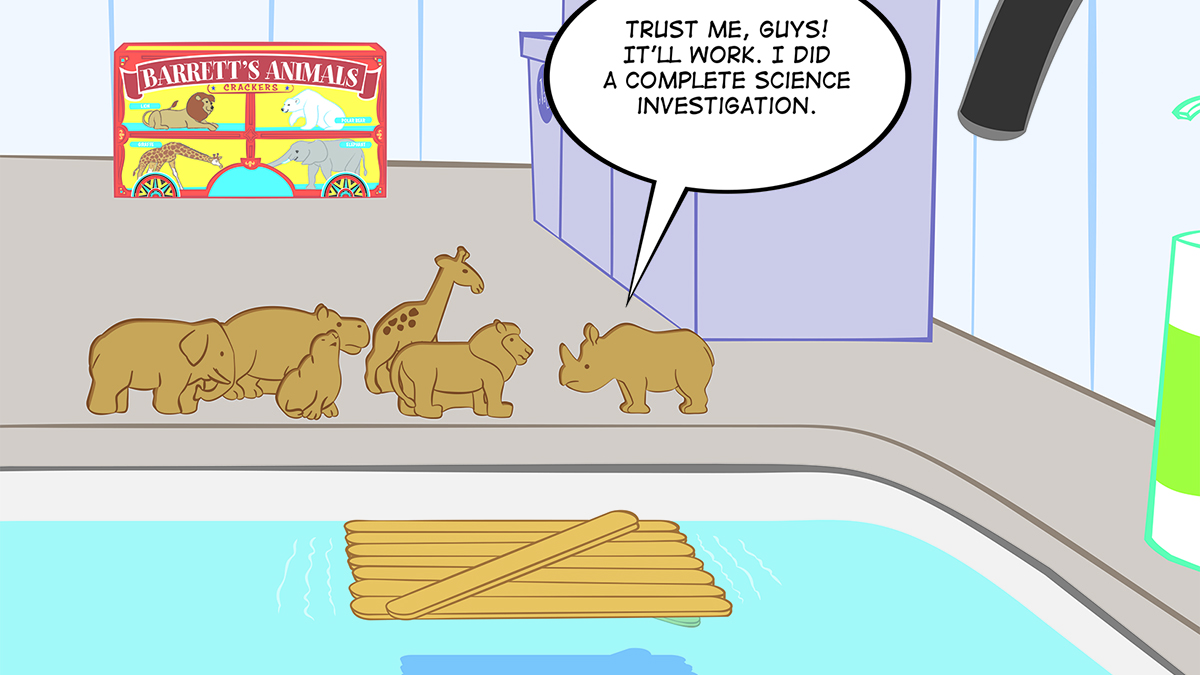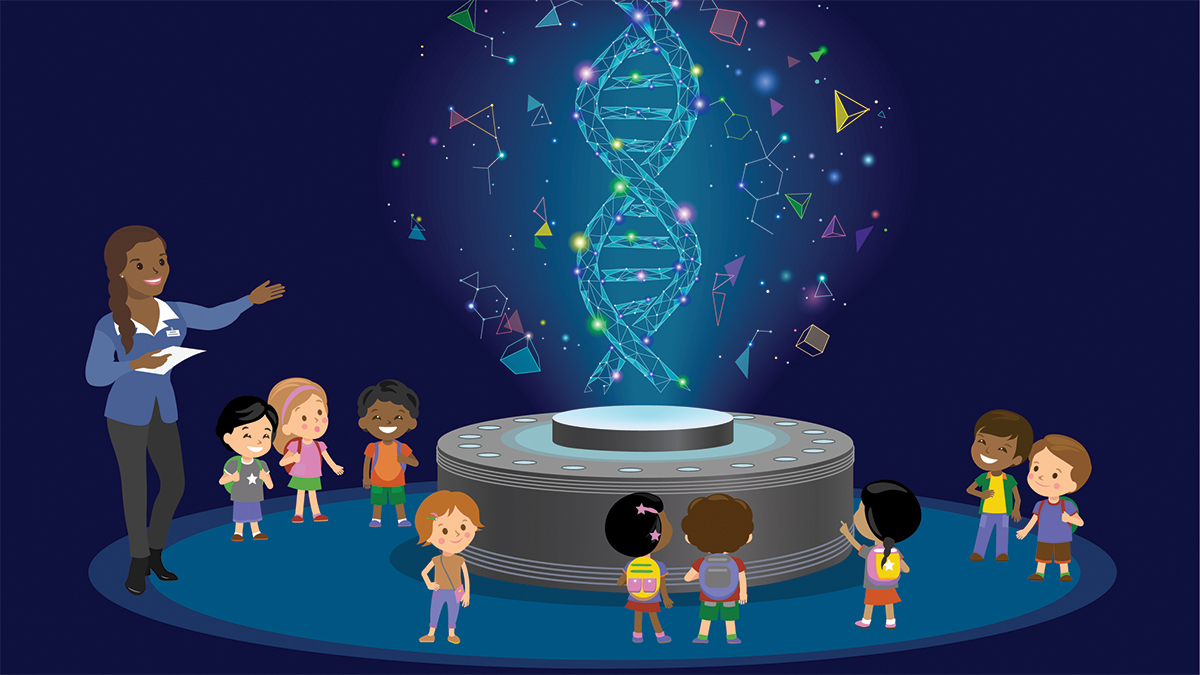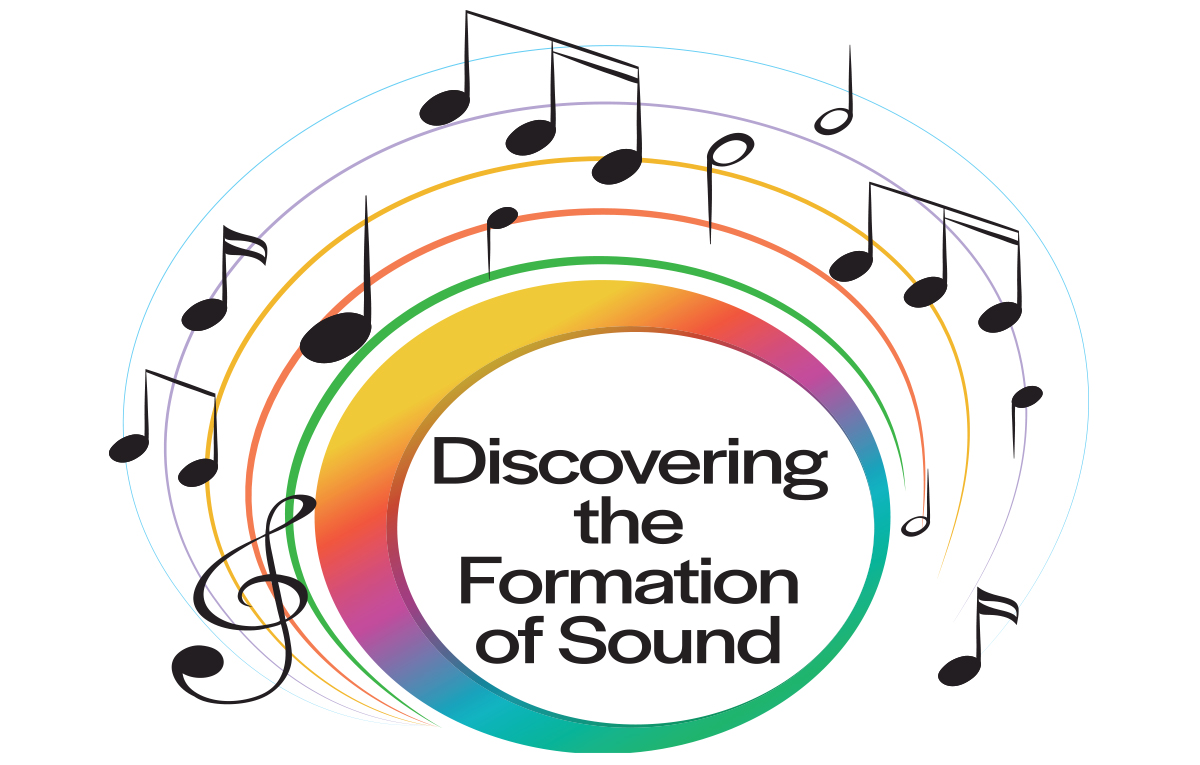Cross-curricular Connections
Cross-grade Collaboration
When students of different ages work together, social and emotional learning is enhanced
Science and Children—May/June 2022 (Volume 59, Issue 5)
By Debbie Ericksen and Rachel Glassman
Science 101
Q: What Makes a Great Science Investigation?
Engineering Encounters
I Will Survive
An Engineering Design Challenge for the Virtual Classroom
Science and Children—May/June 2022 (Volume 59, Issue 5)
By Kristin Cook and Jessica Ivy
Methods and Strategies
Useful Beyond Assessments
Science and Children—May/June 2022 (Volume 59, Issue 5)
By Sarah K. Benson, William J. Therrien, Gail E. Lovette, Christian Doabler, and Maria Longhi
feature
Diagnostics Through Sound
A module for introducing students to lung disease and pulmonology
Science and Children—May/June 2022 (Volume 59, Issue 5)
By Dieuwertje J. Kast, Surbhi Bansil, and W. Martin Kast
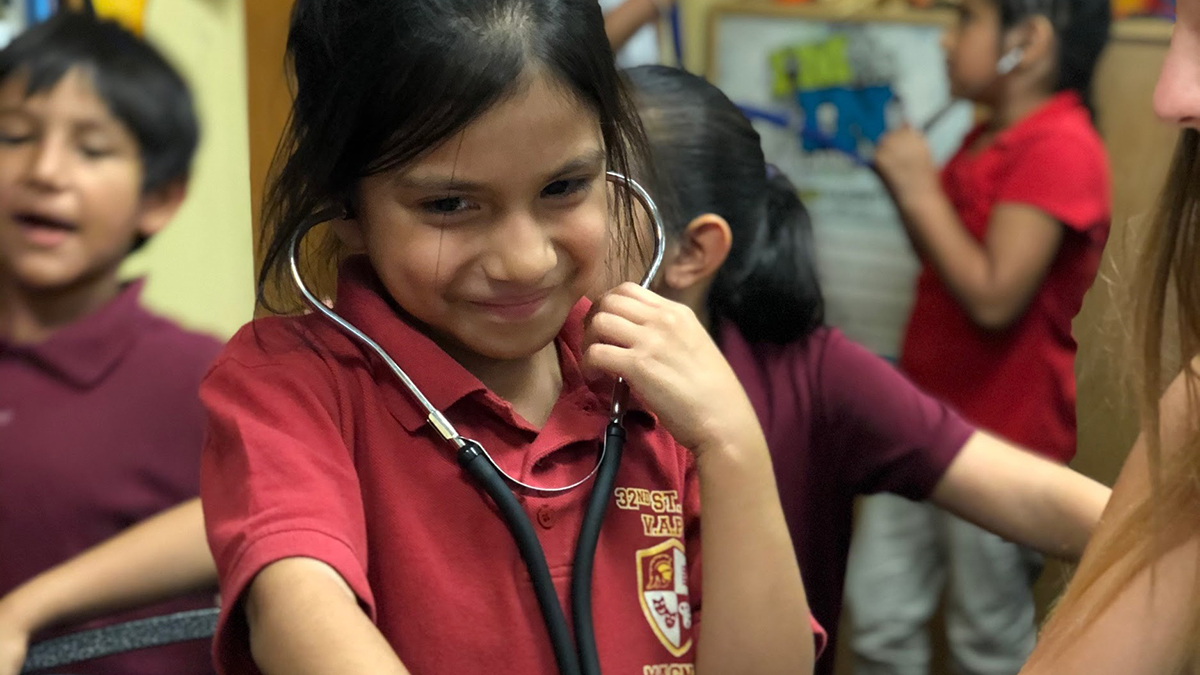
feature
Scientifically Modeling Water
An engineering design process unit for fifth graders through in-person and distance learning
Science and Children—May/June 2022 (Volume 59, Issue 5)
By Tina Vo, Rebekah Hammack, and Connie Michael
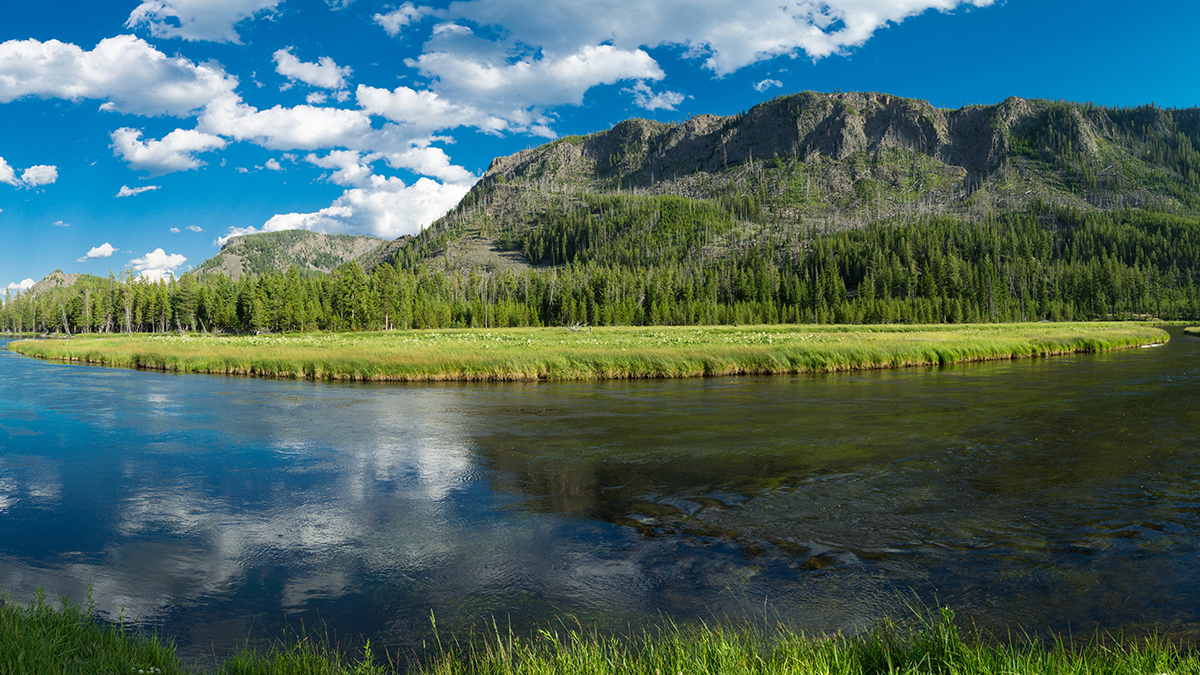
feature
It Starts at Home
Building on students’ interests through socioscientific issues-based approaches
feature
Discovering the Formation of Sound
First-grade students explore sound through a variety of makeshift instruments
Press Release
Tennessee Elementary Science Teacher Receives 2022 Shell Science Teaching Award
Charles Hayes Wins $10,000 Cash Prize for Positive Impact on His Students and School
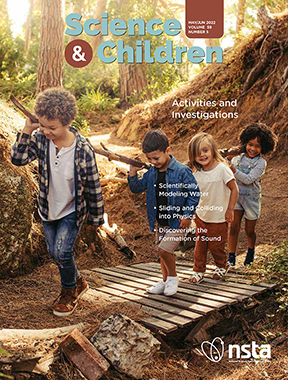
Volume 59
Issue 5
Activities and Investigations

Volume 59
Issue 5
Activities and Investigations




